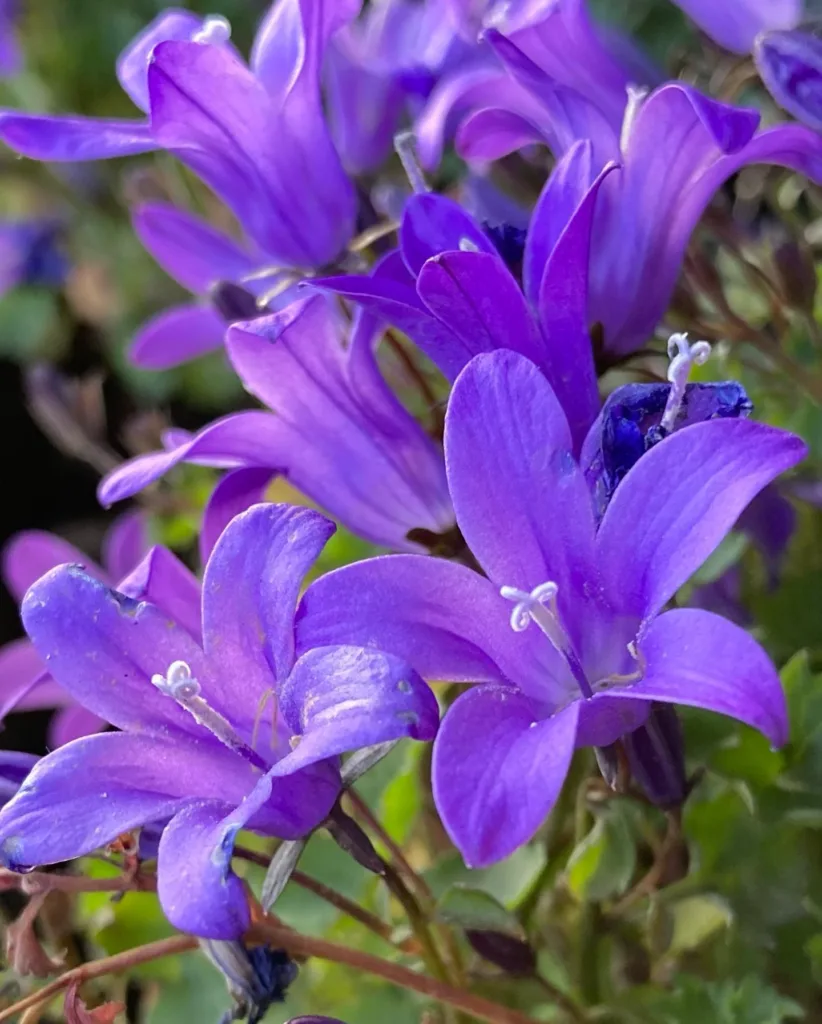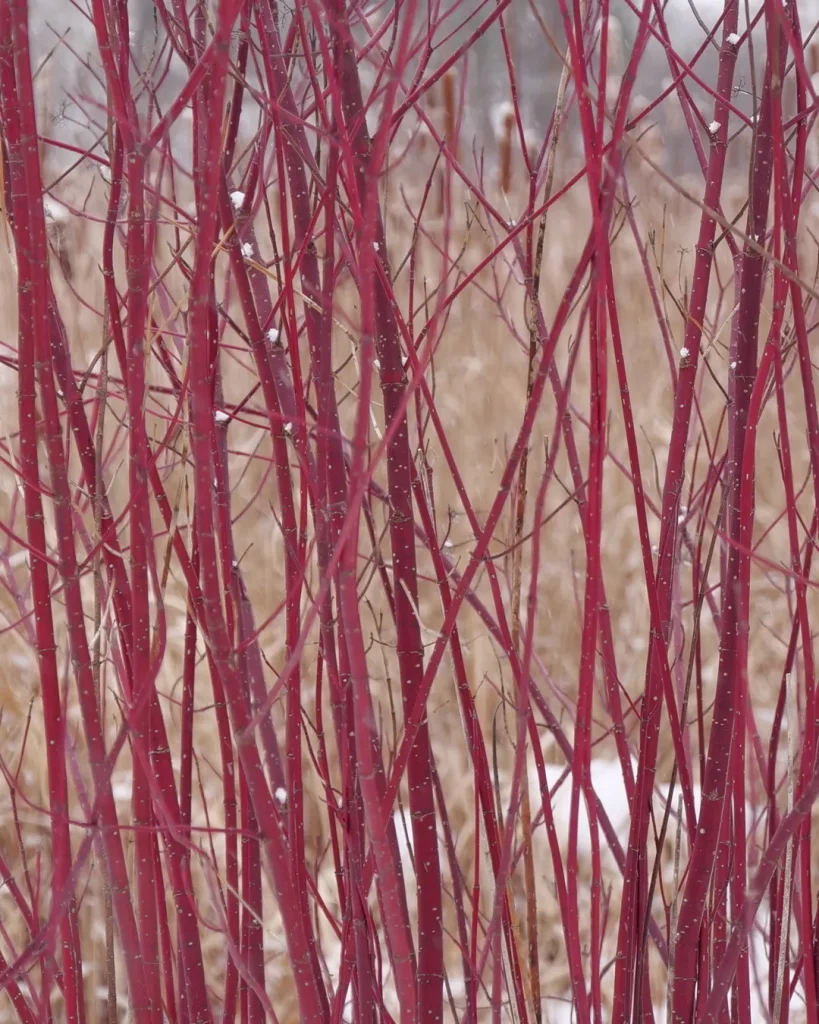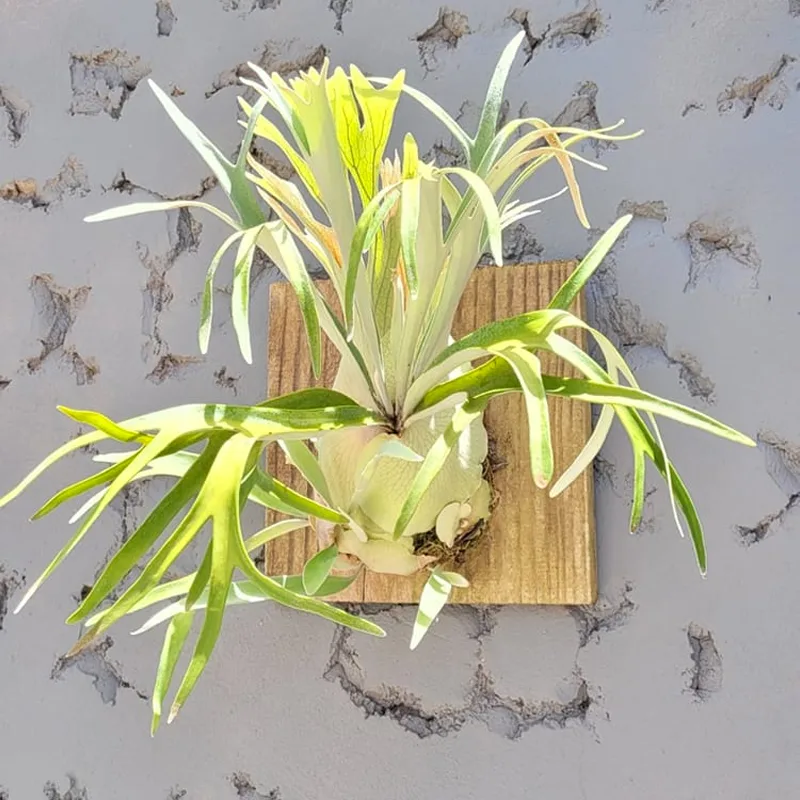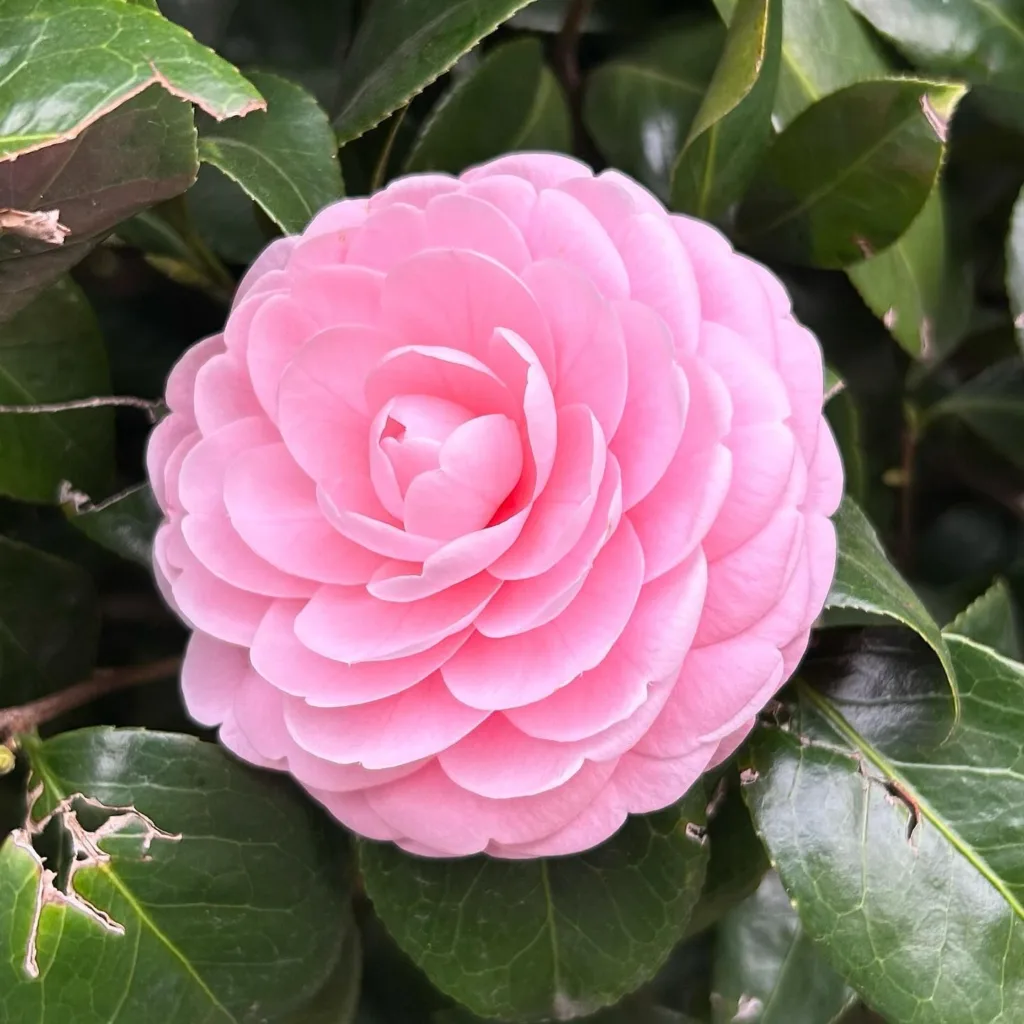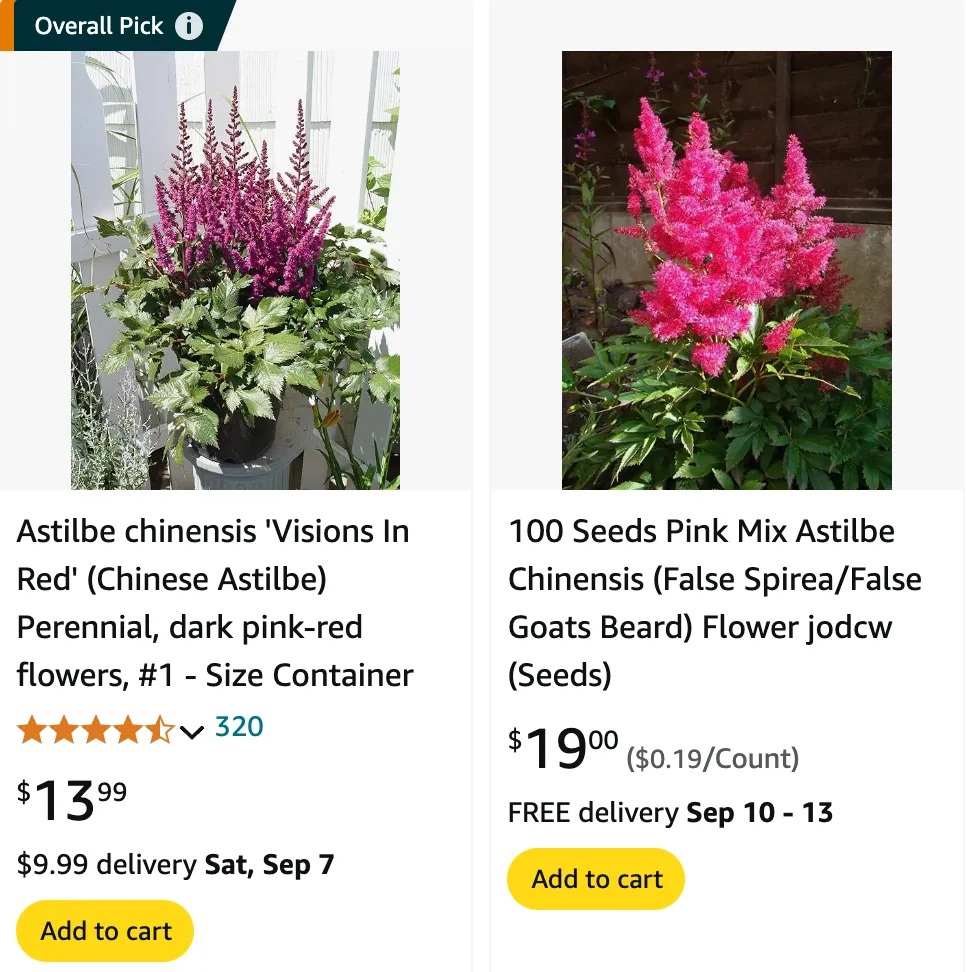
FAQs About Astilbe Chinensis
As a passionate gardener, I’ve had my share of experiences with various plants, and Astilbe Chinensis has become one of my favorites. This lovely perennial adds a touch of elegance to any garden with its feathery plumes and lush foliage. If you’re considering adding Astilbe Chinensis to your garden, here are some frequently asked questions that might help you get started.
30 Species in Genus Astilbe
What is Astilbe Chinensis?
Astilbe Chinensis is a perennial plant native to China. It’s known for its stunning, plume-like flowers that come in shades of pink, purple, and white. This plant is a great choice for adding texture and color to shaded or partially shaded garden spots. The feathery blooms typically appear in mid to late summer, making it a fantastic addition to extend the flowering season in your garden.
How to Plant Astilbe Chinensis?
Planting Astilbe Chinensis is relatively straightforward. Here’s a step-by-step guide based on my own experience:
- Choose the Right Location: Astilbe Chinensis thrives in partial to full shade. It’s ideal for spots that receive morning sun and afternoon shade or dappled light all day.
- Soil Preparation: This plant prefers rich, well-drained soil with a pH level between 5.5 and 6.5. Incorporate organic matter like compost or well-rotted manure into the soil to improve its fertility and drainage.
- Planting Time: The best time to plant Astilbe Chinensis is in the spring or fall. This allows the roots to establish before the extreme temperatures of summer or winter.
- Spacing: Space plants about 12 to 18 inches apart to give them room to grow and spread.
- Watering: Keep the soil consistently moist but not waterlogged. Astilbe Chinensis enjoys regular watering, especially during dry spells.
- Mulching: Apply a layer of mulch around the plants to help retain soil moisture and suppress weeds.
Is Astilbe Chinensis Native to Maine?
Astilbe Chinensis is not native to Maine. It originates from China and is commonly found in Asian gardens. However, it has adapted well to various climates, including the cooler regions of the United States. In Maine, it can thrive with the right care, particularly in shaded areas where it can escape the harsh summer sun.
What is the Difference Between Astilbe Japonica and Astilbe Chinensis?
Astilbe Japonica and Astilbe Chinensis are often compared because they share similar characteristics, but there are some key differences:
- Origin: Astilbe Japonica, or Japanese Astilbe, is native to Japan, while Astilbe Chinensis hails from China.
- Flowering Time: Astilbe Chinensis typically blooms later in the summer compared to Astilbe Japonica.
- Flower Structure: Astilbe Chinensis has larger, looser flower plumes, whereas Astilbe Japonica tends to have denser, more compact flowers.
- Leaf Shape: The foliage of Astilbe Chinensis is usually broader and more rounded compared to the finer, more serrated leaves of Astilbe Japonica.
How to Care for Astilbe Chinensis?
Caring for Astilbe Chinensis is relatively easy. Here are a few tips:
- Watering: Keep the soil consistently moist, especially during hot, dry periods.
- Fertilizing: Apply a balanced fertilizer in early spring to support healthy growth and flowering.
- Pruning: Remove spent flower stems after blooming to encourage new growth and improve appearance.
- Winter Care: In colder climates, apply a layer of mulch in late fall to protect the roots from freezing temperatures.
How to Propagate Astilbe Chinensis?
Propagating Astilbe Chinensis can be done through division. Here’s how:
- Timing: Divide the plant in early spring or late fall.
- Division: Gently lift the plant and separate it into smaller sections with roots and shoots.
- Replanting: Replant the divisions in prepared soil at the same depth as the original plant, and water well.
What to Plant With Astilbe Chinensis?
Astilbe Chinensis pairs well with a variety of other plants. Here are a few suggestions:
- Hostas: Their broad leaves complement the feathery plumes of Astilbe Chinensis.
- Ferns: The texture of ferns adds contrast to the delicate flowers.
- Brunnera: The bright blue flowers of Brunnera create a lovely color contrast with Astilbe Chinensis.
Can You Grow Astilbe Chinensis Indoors?
Astilbe Chinensis is best suited for outdoor gardens. It requires specific light conditions and space that are difficult to replicate indoors. If you want to grow it indoors, ensure it gets plenty of indirect light and humidity, but outdoor planting is generally more successful.
Is Astilbe Chinensis Toxic?
Astilbe Chinensis is not considered toxic to humans or pets. However, it’s always a good practice to monitor children and pets to ensure they do not ingest any plant parts.
Benefits of Astilbe Chinensis
Astilbe Chinensis offers several benefits:
- Aesthetic Appeal: Its vibrant flowers and lush foliage enhance garden beauty.
- Shade Tolerance: Ideal for filling shady spots where other plants may struggle.
- Low Maintenance: Once established, it requires minimal care.
Common Problems with Astilbe Chinensis
Some common issues include:
- Powdery Mildew: This fungal disease can be managed by ensuring good air circulation and avoiding overhead watering.
- Pests: Watch for pests like slugs and snails, which can damage the foliage.
Astilbe Chinensis is a beautiful addition to any garden, offering color and texture to shaded areas. By understanding its needs and characteristics, you can enjoy its stunning blooms and lush foliage for years to come.
If i die, water my plants!
